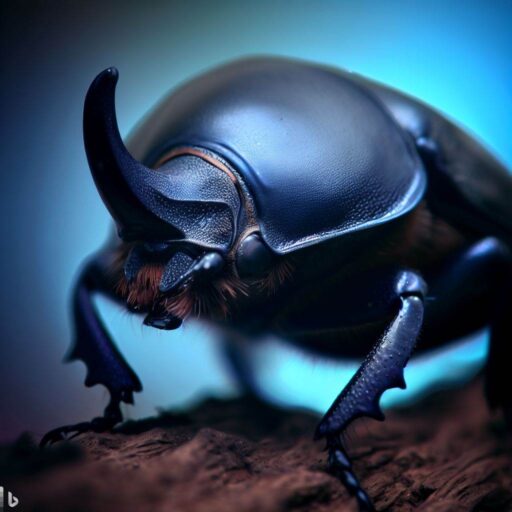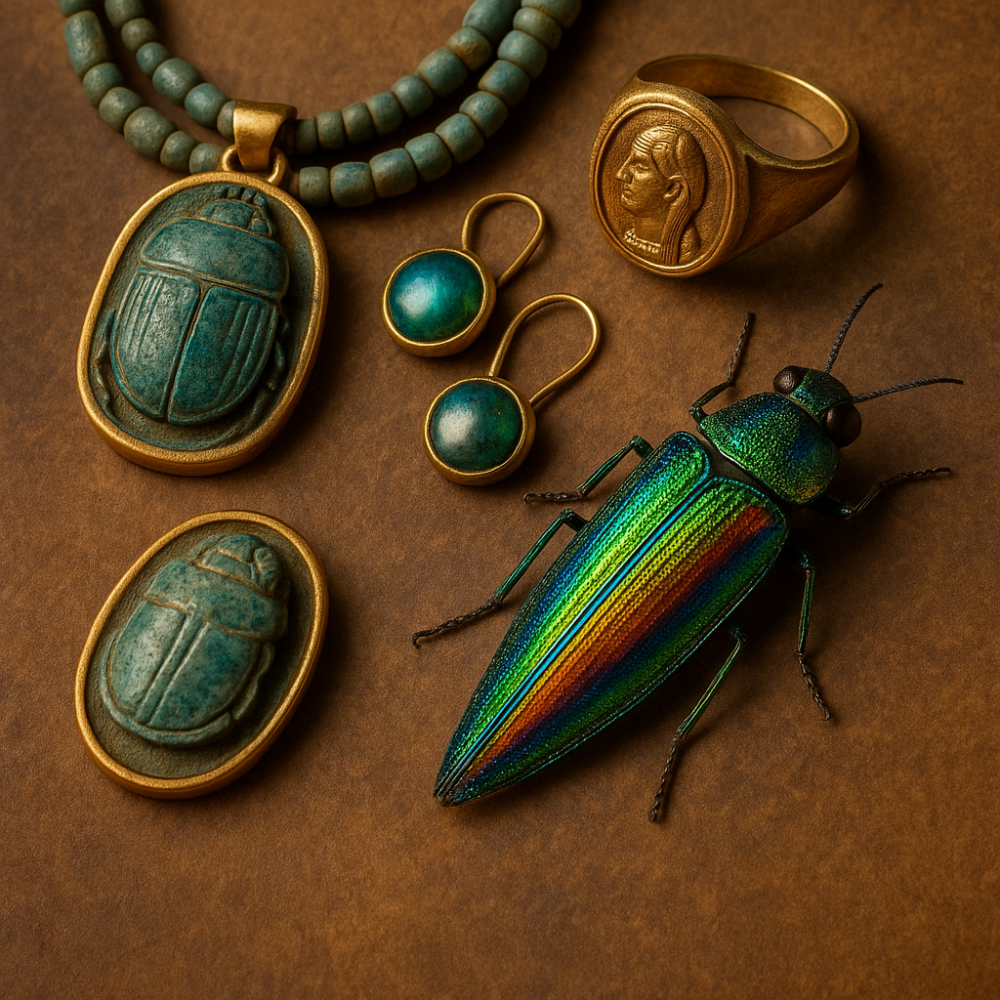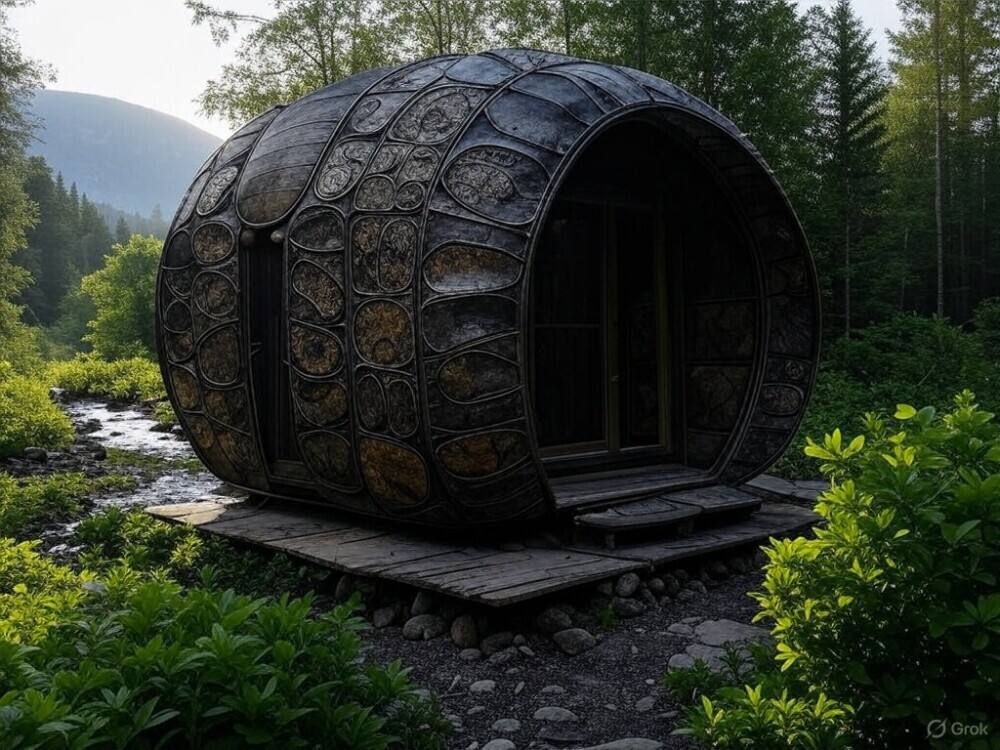- Elm Leaf Beetles are small, yellow and black insects that feed on all species of Elm trees. Identifying the Elm Leaf Beetle’s yellow and black striped appearance and damage to Elm leaves is essential for proper management of this pest.
- Elm Leaf Beetles reproduce twice each year, and their larvae feed on the underside of leaves, causing visible leaf damage. Effective management of this pest requires knowledge of the Elm Leaf Beetle’s life cycle and monitoring of their activity.
- Proper cultural control measures, such as pruning infected branches and using insecticidal soaps, can reduce the population of Elm Leaf Beetles. Control Action Guidelines and regular monitoring can also prevent severe Elm tree damage.
What is an Elm Leaf Beetle?
Have you ever noticed tiny holes in the leaves of your elm tree? Or brownish-yellow patches on the leaves of your beloved tree that weren’t there before? Well, chances are your tree is infested with Elm Leaf Beetles! In this piece, I’ll discuss the Elm Leaf Beetle in detail.
First, I’ll talk about the identification of Elm Leaf Beetles, which includes their appearance, size, and color. Then, I’ll discuss the life cycle of these pesky beetles and what each stage entails. Lastly, we’ll talk about the damage caused by these insects, which can range from aesthetic issues to severe harm to your tree’s health.
Identification
Through an Elm Leaf Beetle’s identification, it is possible to recognize the insect species by observing its physical characteristics. The beetle measures between 3 and 4 millimeters long, has a prominent head, and a black body with yellow stripes on its wings. Elm leaf beetles have oval-shaped bodies with a shiny appearance that reflects sunlight. Their legs are reddish-brown, and their antennae are black and relatively long.
Moreover, adult Elm Leaf Beetles generally emerge in late spring or early summer when they move to elms to feed on leaves. So once you find holes in the elm tree leaves or droppings at the base of trees, it may be an indication of herds of Elm leaf beetles. Once first instar larvae hatch from eggs, they feed on the basal parts of young elm leaflets and then move further up towards the tip.
It is essential to identify these insects because they cause considerable damage to the leaves of elm trees over time, often leading to defoliation. This can weaken and eventually kill the tree especially if repeated infestations occur.
If an infestation of Elm Leaf Beetles is identified early on in their life cycle, preventing damage through cultural control methods like manual removal could work when backed up with suitable Replanting schemes involving high-quality healthy elms resistant to beetle feeding.
Life Cycle
The development stages of Elm Leaf Beetles encompass a Semantic NLP variation of the term ‘Life Cycle’. The progression from egg to adult is metamorphic and consists of four distinctive stages.
A table can be used to summarize the Elm Leaf Beetle’s lifecycle. There are four columns in the table. Column one lists the developmental stage; Column two includes the duration in days, column three lists the appearance, while column four includes a brief description of each stage. The table can be organized as follows:
| Developmental Stage | Duration (Days) | Appearance | Brief Description |
|---|---|---|---|
| Eggs | 10-14 | Oval-shaped, yellow | Laid on the underside of leaves |
| Larvae | 31-40 days | Grubs with black heads and legs | Feed on elm leaves causing damage; molts occur |
| Pupae | 8-14 days | Smooth brown or green | Located at branch forks and surrounding places |
| Adults | 30-50 | Green or black-colored beetle | Emerge in May and feed on foliage until late Autumn |
It is worth noting that larvae undergo three molts before reaching maturity, and their feeding activity contributes significantly to tree defoliation within weeks.
As a pro tip for managing Elm Leaf Beetles effectively, early detection through systematic tree inspection is vital for better results when using control measures.
Don’t underestimate the Elm Leaf Beetle – it can turn a beautiful tree into a twig in no time.
Damage
Elm Leaf Beetle Impact:
Extensive feeding damage on the elm foliage, such as skeletonization of the leaves and defoliation (removal of the leaves), may lead to crown dieback, suppressed growth, and even tree mortality. The defoliation can be so severe that it exposes previously shaded bark to sunlight, resulting in sun scald injury and stressing the tree even more. Additionally, larvae can make a web-like covering over their feeding sites and cause aesthetic harm.
Furthermore, when trees experience frequent damage due to Elm Leaf Beetles’ presence, they become more fragile, making them vulnerable to other pests and diseases – that may lead to collapse of entire canopy circuits.
These damages will impact trees negatively which will require time and investments in terms of management. Neglected infestation impacts can result in serious economic costs for local communities.
Research by the Department of Agriculture (DA) has found that neglecting proper management creates an increased risk for future add-on expenses related to tree replacements or emergency cleanups caused by unexpected tree failures due to beetle-related issues.
If elm leaf beetles were in high school, cultural control would be their worst nightmare.
Management of Elm Leaf Beetles
Elm leaf beetles can cause extensive damage to elm trees, leading to defoliation and weakened trees. As a tree owner, it’s crucial to understand how to manage these destructive insects. The key to successful management lies in effective cultural control, following control action guidelines, and regular monitoring.
By utilizing cultural control practices, we can limit the beetle’s ability to thrive on the elm tree, resulting in decreased damage and stress. Implementing control action guidelines can help manage beetle populations, while monitoring ensures early detection and prompt management of any infestations.
Cultural Control
The implementation of strategies beyond chemical options to manage pest outbreaks, termed “cultural control,” is critical. Utilizing limited insecticides while implementing selective pruning and utilizing sanitation measures such as raking fallen leaves can reduce the Elm Leaf Beetle’s population density, limiting damage.
Avoiding chemical safety concerns and reducing environmental impact make cultural control a valuable tool in many scenarios. Don’t let the Elm Leaf Beetle control your trees, take action with these guidelines.
Control Action Guidelines
Efficient control of elm leaf beetles encompasses well-formulated control action guidelines which inform the methods needed to mitigate the invasion. In most cases, the guidelines consist of a multi-step approach aimed at limiting beetle damage. A combination of preventive measures, like tree maintenance, can eliminate beetle eggs before hatching and hinder their survival rates during their lifecycle.
Cultivation actions like irrigation and fertilization of trees ensure they are healthy and trigger faster recovery after attack. Chemical or biological approaches can be adopted when non-chemical options prove ineffective or unsatisfactory. The timing of each control measure is essential as methods like insecticides are more effective when applied during an egg-laying period. Routine site inspections will provide insights on methodology effectiveness for future operations.
Synchronous with cultural management is environmentally conscious pest management practices advocated for by regenerative farming programs that integrate ecological sustainability, economy generation, and social well being into agricultural processes. Prior to implementing any form of beetle management either at an industrial or individual level, environmental impact consideration should be paramount.
Researchers report elm leaf beetles have caused significant losses in communities reliant on the beauty and vigor provided by these trees. As early as 1868 in Massachusetts, the elms were falling to a disease referred to locally as Dutch Elm Disease; assessing 6000 elm stocks sampled nationally shows close to 100% infection rates due to vectors such as elm bark beetles.
If you thought stalking your ex on social media was creepy, wait till you try monitoring Elm Leaf Beetles.
Monitoring
To ensure appropriate Elm Leaf Beetle management, regular observation of the population is essential. Observing and inspecting plants for insect damage and beetles’ presence is crucial in the ‘Surveillance’ process. The implementation of regular inspection provides early detection and subsequent actions before major damage occurs.
Regular monitoring helps to determine thresholds for control measures. This helps to reduce unnecessary pesticide applications while preserving beneficial insects and minimizing costs. Determining thresholds is critical since excessive pesticide use can lead to chemical resistance, environmental pollution, and harm to non-target animals.
It is advisable to monitor during the larvae feeding stage because their feeding habits are detrimental to tree health and vitality. Long-term monitoring yields valuable data for determining injury patterns, identifying potential problems earlier, and making informed control decisions.
Traditionally, monitoring has involved visual identification of adults in trees by observing open canopies where leafage commonly develops damaged areas. Recently, new methods using pheromone or sticky traps have been suggested as an alternative or complementary method for traditional methods as they provide accurate information on threshold level triggering insecticide treatments when necessary.
Observation of this pest’s behavior has helped biologists come up with mitigation strategies that prevent further damages resulting from their feeding activities. As a result of continued monitoring nationwide over the past decades, researchers have found ways to develop effective control measures that farmers use worldwide today.
Conclusion: Importance of Proper Elm Leaf Beetle Management
Proper management of Elm Leaf Beetles is crucial to ensure the longevity of the Elm tree species. Negligence to address the situation could lead to various problems such as significant defoliation of the tree and hinder its overall growth. Elm Leaf Beetles are a destructive pest that can lead to the withering of the tree. Careful monitoring of the tree’s health and prompt action when necessary can prevent the insects from causing extensive damage. It is crucial to hire trained professionals who can identify and treat the affected trees appropriately. Failure to manage and control Elm Leaf Beetles infestation can ultimately harm the environment and its natural balance.
Five Facts About Elm Leaf Beetles:
- ✅ Elm leaf beetles are olive-green beetles with black longitudinal stripes and are about 1/4 inch long.
- ✅ The larvae of elm leaf beetles are black with rows of tiny dark projections and grow up to 1/3 inch long.
- ✅ The elm leaf beetle has at least one generation a year in northern California and two to three generations in central and southern California.
- ✅ Elm leaf beetles entirely chew through leaves, causing shot hole patterns, while larvae skeletonize the leaf surface.
- ✅ To manage elm leaf beetles, use a combination of methods that incorporate good cultural practices, conservation of natural enemies, regular monitoring, and the use of less-persistent insecticides, bark banding, or systemic insecticide.
FAQs about What Is An Elm Leaf Beetle
What is an Elm Leaf Beetle?
The Elm Leaf Beetle is an olive-green beetle with black stripes that can grow up to 1/4 inch long. It lays yellowish eggs in double rows on the underside of leaves, and when the eggs hatch, the larvae skeletonize the leaf surface causing the foliage to turn brown to whitish.
What is Integrated Pest Management?
Integrated Pest Management is a management approach that incorporates good cultural practices, conservation of natural enemies, regular monitoring, and the use of less-persistent insecticides, bark banding, or systemic insecticide to manage pests like the Elm Leaf Beetle.
What is Degree-Day Monitoring?
Degree-Day Monitoring is a process of monitoring temperatures to determine the optimal time to inspect elm leaves and apply insecticide (if beetles are too abundant). To predict the peak abundance of each elm leaf beetle life stage, temperatures are monitored in units called degree-days.
What are some tree species that resist the Elm Leaf Beetle?
Pest-resistant elms include Accolade, Emerald Sunshine, Frontier, Prospector, and most Chinese elms except Dynasty. When planting trees, choose species or cultivars that resist both Dutch elm disease and elm leaf beetle.
What is the defoliation threshold for Elm Leaf Beetles?
Suggested guidelines are to take action when needed to prevent greater than 40% defoliation (portion of leaf area chewed or leaves dropped prematurely); or if damage is less tolerable or occurring earlier in the growing season, a treatment threshold of 20% defoliation may be used.
When is the most effective time to apply a systemic insecticide to the trunks of elm trees to control the Elm Leaf Beetle?
If you drench or inject soil with a root-absorbed, systemic insecticide, the most effective application time is spring when elm trees flush new leaves or shortly after leaf flush. The time for action is before you know definitely whether beetles will become abundant enough to warrant this preventive application.
Where can I get more information on other pests like elm leaf beetles?
Go to the US Department of Agriculture – Animal and Plant Health Inspection Service (APHIS)




Leave a Reply